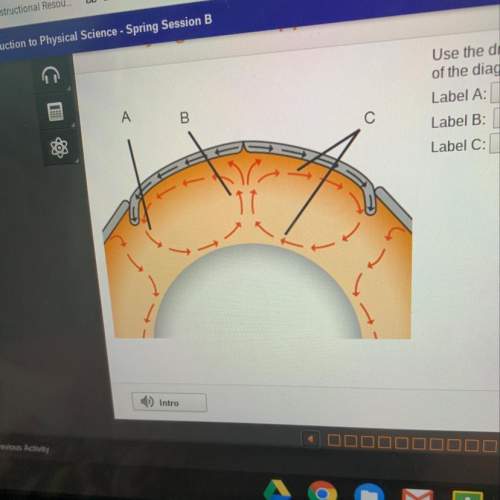
Biology, 20.11.2020 01:00 MansellS5529
Observations: you notice that a group of students went on a hiking trip to Cockscomb basin. They are asked to climb a hill, by th time they reach the top of the hill some of them are almost out of breath, while others don’t even make it to the top of the hill. Only a few seem not to be affected much by the climb. Plan and design an experiment in which you offer a possible explanation for the differences in breathing rate.
create answers for the words below:
Hypothesis:
Aim:
Variables identified: Independent Variable
Dependent variable
Controlled Variables
Procedures: (present continuous tense)
Expected Results/Interpretation: If…..Then….
Limitations/assumptions/precautio ns/possible sources of errors.

Answers: 3


Other questions on the subject: Biology

Biology, 22.06.2019 04:00, aide1234564
Indicate the coat color and the proportion of offspring with that color for each of the following crosses of rabbits. assume all are homozygous. chinchilla x albino a) all chinchilla b) 1/2 chinchilla, 1/2 albino c) 3/4 chinchilla, 1/4 albino
Answers: 1

Biology, 22.06.2019 13:30, sabinaschaaf10
What is any method of measuring the age of an object or event in years, such as using atomic half-life?
Answers: 2

Biology, 22.06.2019 15:30, dogwisperer101
When does a spring tide occur? question 9 options: they occur when the sun, moon, and earth are aligned. in spite of their name, these tides occur twice a year in the spring and fall. they occur on the date of the vernal equinox each year, no matter what stage the moon is in. this is why they are called spring tides. they occur when the sun, moon, and earth are at 45-degree angles from each other. this happens once every spring. they occur when the sun, moon, and earth are aligned. in spite of their name, these tides occur all year long.
Answers: 2

Biology, 22.06.2019 21:30, destinysmithds7790
Which of the following is true about the introduction of a non-native species to an environment? (a) they usually adapt quickly so they can have a positive affect on the environment. (b) they can disrupt the environment and cause much damage and devastation to native species. (c) they usually become predators in a food chain and to keep prey populations under control. (d) because the native species are better-adapted to the environment, the non-native species always end up dying out.
Answers: 1
You know the right answer?
Observations: you notice that a group of students went on a hiking trip to Cockscomb basin. They ar...
Questions in other subjects:

Engineering, 07.10.2021 14:00

History, 07.10.2021 14:00

Computers and Technology, 07.10.2021 14:00

Business, 07.10.2021 14:00

Advanced Placement (AP), 07.10.2021 14:00




Social Studies, 07.10.2021 14:00




